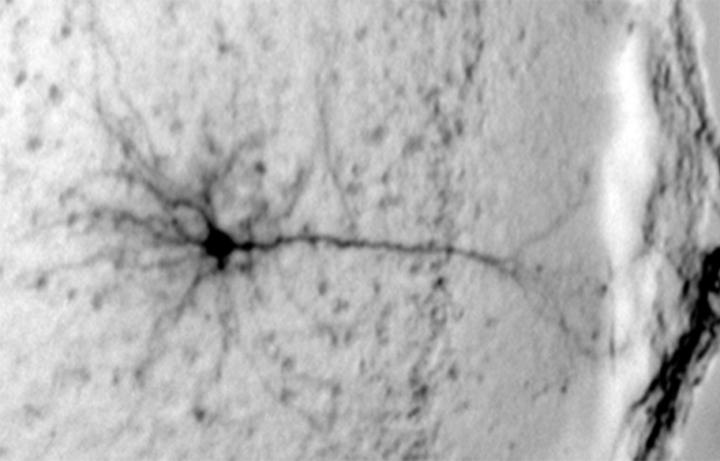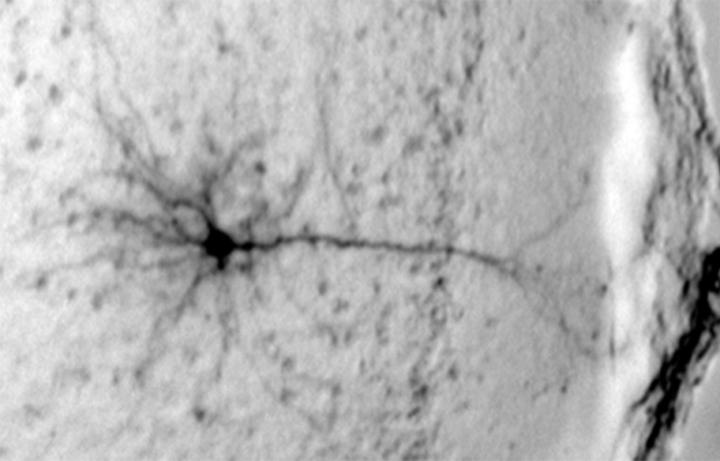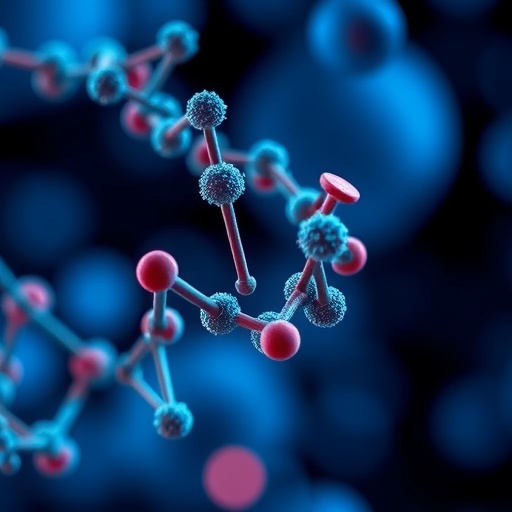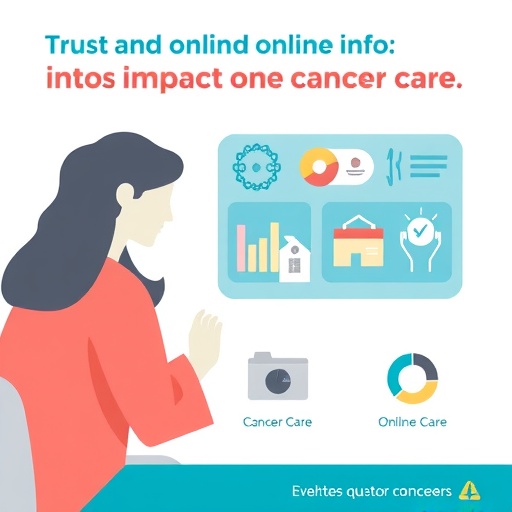
Credit: Columbia University Irving Medical Center
NEW YORK, NY (July 18, 2018)–A new study from researchers at Columbia University Irving Medical Center found that binge drinking impairs working memory in the adolescent brain. The study, in mice, explains why teenagers who binge drink are 15 times more likely to become alcoholics during adulthood.
The study was published on July 4th in the Journal of Neuroscience.
"The brains of young teens are at a stage of development that makes them more vulnerable to being switched on to alcohol addiction," says Neil Harrison, PhD, professor of anesthesiology and pharmacology at Columbia University Vagelos College of Physicians and Surgeons (VP&S) who researches the effects of alcohol on the brain. "The question we're asking is, can we find those switches in the adolescent binge drinker so that we can turn it off?"
Other researchers have looked at the neuroscience of binge drinking–by getting mice intoxicated through vapor inhalation or alcohol injection. Michael Salling, PhD, assistant professor of anesthesiology at VP&S, and his team are taking a different approach, allowing the mice to drink voluntarily.
"Short cuts are useful in getting animals to drink, but these models don't resemble how drinking develops in humans," Harrison says. In Salling's approach, mice are given access to alcohol every other day during a period in their development that's equivalent to human adolescence. "Some of the mice drink avidly and some very little–which parallels the human experience."
The consequences of binge drinking in adolescent mice are also similar to the effects in humans. As the mice become young adults, those that drank heavily in their youth adopt drinking patterns often seen in people.
"Often the mice will drink robustly as soon as the alcohol is provided," says Salling. "This so-called front-loading behavior is frequently present in people who later develop an alcohol use disorder."
The most striking changes the researchers saw appeared in neurons within the mouse equivalent of the human prefrontal cortex (PFC), which is involved in planning actions by suppressing inappropriate responses and maintaining working memory (which governs very short-term memory) and attention. The area does not completely mature in people until their 20s.
In the binge-drinking mice, certain PFC neurons were less able to generate persistent activity, and these changes appear to impair working memory. This finding is consistent with imaging studies that show decreased resting activity in the PFC of alcoholics and binge drinkers.
"These findings may help explain why human adolescent binge drinkers have memory problems," Salling says, "but they also suggest that there are ways to intervene."
Harrison and Salling found that binge drinking altered neuron excitability by interfering with channels that allow ions to flow into the neurons.
"Targeting these channels may restore normal patterns of activity in the PFC and improve working memory," says Harrison, who adds that neurobiological studies such as this are needed to develop new treatments for alcohol use disorders.
"Most adults with alcohol use disorders begin their excessive drinking as teenagers. If we hope to find ways to prevent or treat these disorders, it's critical that we understand not only the social and environmental factors that contribute to early binge drinking, but also the changes that occur in the brain that lead to alcohol addiction."
###
The paper is titled, "Alcohol consumption during adolescence in a mouse model of binge drinking alters the intrinsic excitability and function of the prefrontal cortex through a reduction in the hyperpolarization-activated cation current." The other contributors are: Mary Jane Skelly, Elizabeth Avegno, Samantha Regan, Tamara Zeric, and Elcoma Nichols (all at CUIMC).
The study was funded by grants from the National Institutes of Health (5F32AA022028-02 and 5R01AA023531-04).
Columbia University Irving Medical Center provides international leadership in basic, preclinical, and clinical research; medical and health sciences education; and patient care. The medical center trains future leaders and includes the dedicated work of many physicians, scientists, public health professionals, dentists, and nurses at the Vagelos College of Physicians and Surgeons, the Mailman School of Public Health, the College of Dental Medicine, the School of Nursing, the biomedical departments of the Graduate School of Arts and Sciences, and allied research centers and institutions. Columbia University Irving Medical Center is home to the largest medical research enterprise in New York City and State and one of the largest faculty medical practices in the Northeast. For more information, visit cumc.columbia.edu
Media Contact
Helen Garey
[email protected]
@ColumbiaMed
http://www.cumc.columbia.edu
Original Source
http://newsroom.cumc.columbia.edu/blog/2018/07/19/understanding-the-neuroscience-of-binge-drinking/ http://dx.doi.org/10.1523/JNEUROSCI.0550-18.2018





